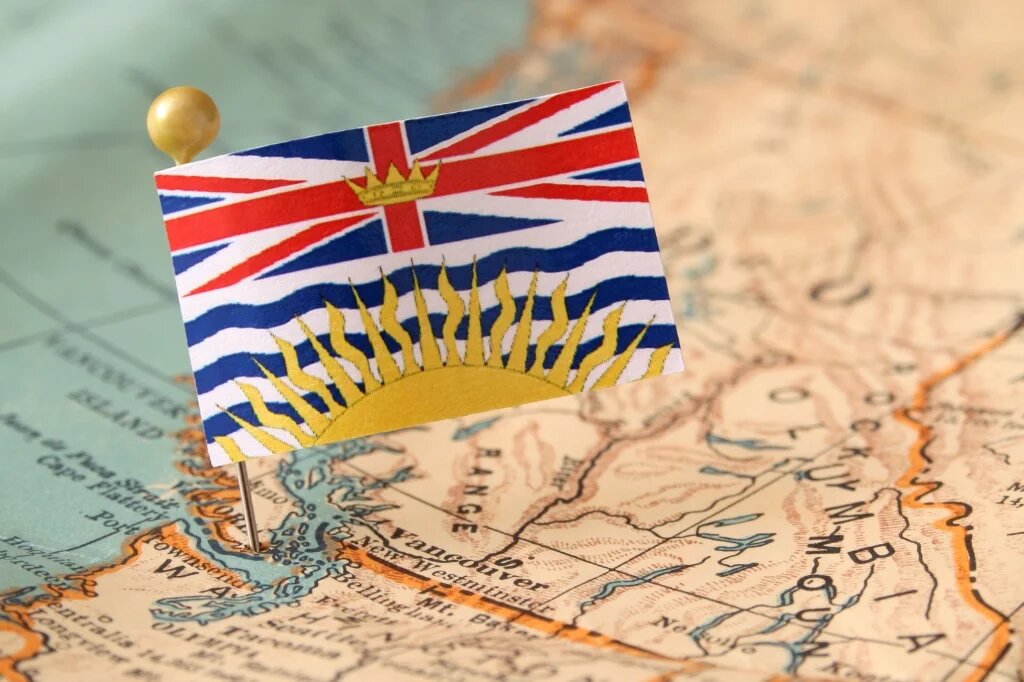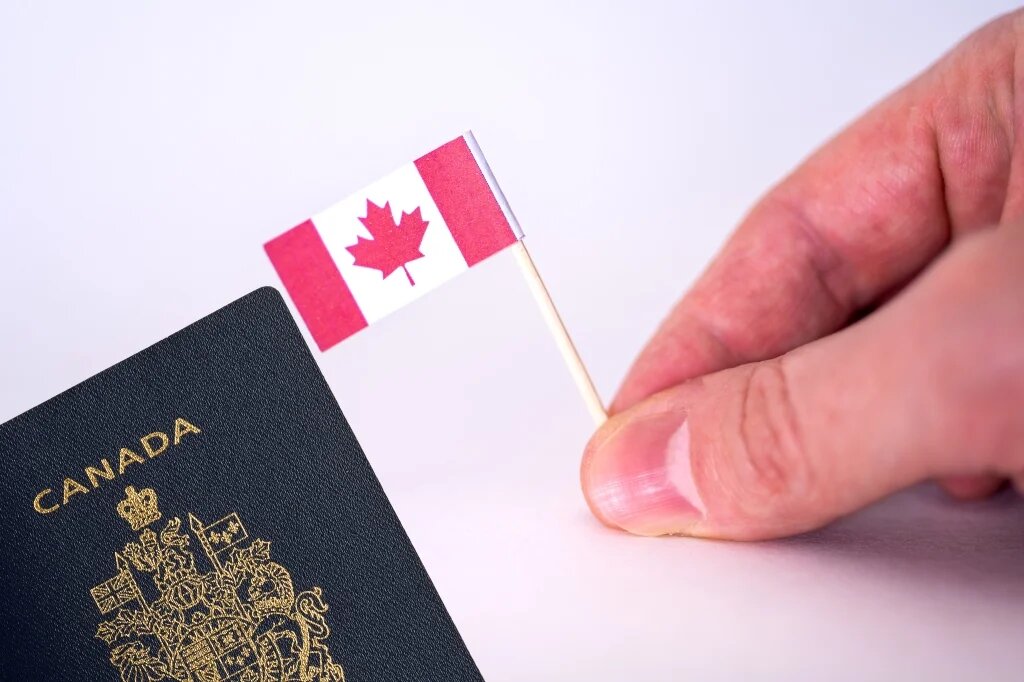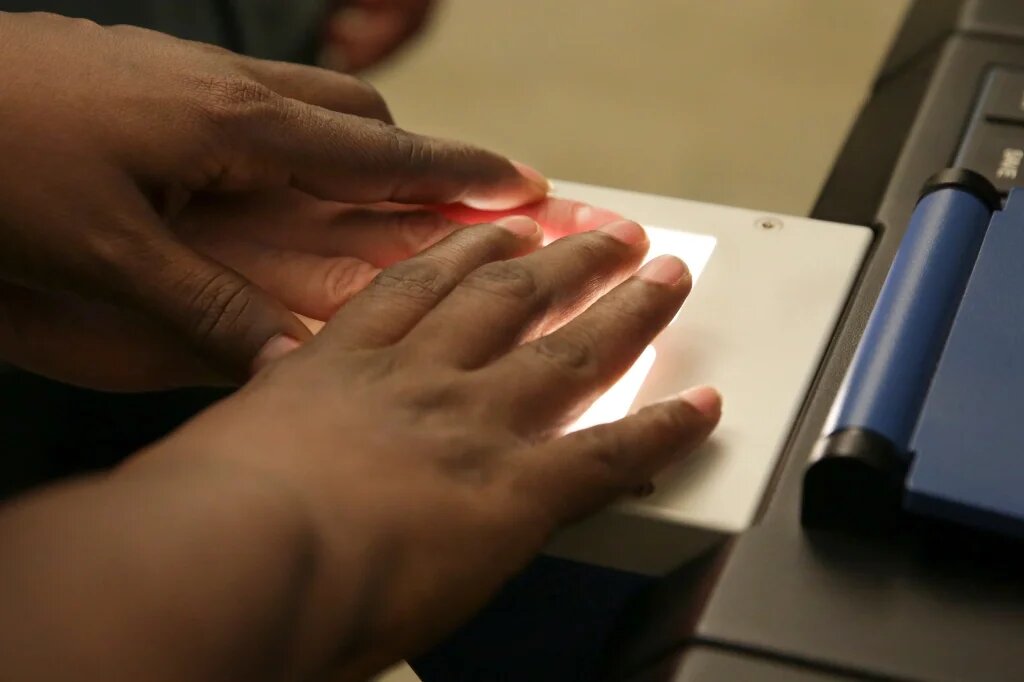How to Change Your Last Name Legally in Canada

Strong 8k brings an ultra-HD IPTV experience to your living room and your pocket.
Changing your last name is a significant life decision that can arise for various reasons, whether it's due to marriage, divorce, personal preference, or cultural reasons. In Canada, the process of legally changing your last name is straightforward but involves specific legal procedures and requirements. This article will provide a comprehensive guide on how to change your last name legally in Canada, explaining what a name change application is, why you might need to change your name, the legal process involved, required documents, and the associated fees.
What is a Name Change Application?
A name change application is a formal request to legally alter your name in government records. In Canada, this process is governed by provincial and territorial laws, meaning the specific requirements and procedures can vary depending on where you live. The name change can apply to your last name, first name, or both, and it involves updating all official documents and records to reflect your new name.
Types of Name Changes
Marriage or Divorce: The most common reason for a name change is marriage, where one spouse may choose to adopt the other’s last name. Similarly, after a divorce, an individual may wish to revert to their maiden name or a previous name.
Personal Preference: Some individuals choose to change their last name for personal reasons, such as wanting a name that better reflects their identity, or to adopt a new name that they feel more connected to.
Cultural or Religious Reasons: In some cases, a name change may be desired to align with cultural or religious practices.
Adoption: When a child is adopted, their last name may be changed to match that of the adoptive family.
Correction of Errors: Sometimes, individuals may need to change their name to correct spelling errors or inconsistencies in official documents.
Why Name Change is Required
Changing your last name legally is required if you want all your official documents and records to reflect your new name. Without a legal name change, you may face issues with identification, employment, banking, and other areas where your legal name is necessary. Here are some common scenarios where a legal name change is essential:
Consistency Across Documents: To ensure that all your identification documents, such as your passport, driver's license, and health card, reflect the same name.
Legal Identification: To avoid confusion or legal issues that may arise if your name does not match across various legal documents.
Travel and International Recognition: If you plan to travel or move abroad, having a consistent legal name across all documents is crucial for obtaining visas and other legal permits.
Financial and Banking Records: Ensuring your name matches on all financial documents, including bank accounts, credit cards, and tax records, is essential for smooth financial transactions.
Employment: Employers typically require consistent identification documents, and a legal name change ensures that your employment records are up-to-date.
How to Change Your Name Legally in Canada
The process of changing your last name legally in Canada involves several steps, including filling out an application, providing required documents, and paying a fee. The exact procedure varies by province and territory, but the general process is similar across the country.
Step 1: Determine Eligibility
Before you begin the name change process, you must ensure that you meet the eligibility requirements set by your province or territory. Generally, you must:
• Be a Canadian citizen or permanent resident.
• Be at least 18 years old (or have parental/guardian consent if under 18).
• Have lived in your province or territory for a specific period, usually at least 3 months.
Step 2: Obtain and Complete the Application Form
You will need to obtain the name change application form from the vital statistics office in your province or territory. This form will require you to provide personal details such as your current name, the new name you wish to adopt, and the reason for the name change.
Province-Specific Forms: Each province and territory has its own form and process. For example, in Ontario, you can obtain the form from ServiceOntario, while in British Columbia, you would go through the Vital Statistics Agency.
Step 3: Gather Required Documents
To support your name change application, you will need to provide various documents. These documents may include:
Birth Certificate: Your original or certified copy of your birth certificate.
Marriage Certificate: If you are changing your name due to marriage, a copy of your marriage certificate is required.
Divorce Decree: If you are reverting to a previous name after a divorce, you will need to provide a copy of the divorce decree.
Identification: Government-issued photo ID such as a passport or driver's license.
Proof of Residency: Documents showing that you have lived in the province or territory for the required period (e.g., utility bills, lease agreements).
Police Check: In some cases, you may need to provide a police record check, especially if you are not changing your name due to marriage or divorce.
Step 4: Submit the Application
Once you have completed the application form and gathered the required documents, you can submit your application to the appropriate government office. This can usually be done by mail, in person, or online, depending on the province or territory.
Submission Methods: In Ontario, for example, you can submit your application by mail or in person at a ServiceOntariocenter. In British Columbia, you can submit it through the Vital Statistics Agency.
Step 5: Pay the Application Fee
There is a fee associated with legally changing your name. The amount varies by province and territory and may also depend on whether you are changing your name due to marriage or for other reasons.
Fee Range: Fees typically range from $120 to $200, but additional costs may apply if you need new identification documents or a police check.
Step 6: Wait for Processing
After submitting your application and paying the fee, the vital statistics office will process your request. The processing time can vary, but it typically takes between 6 to 8 weeks. During this time, the government will review your application and may contact you if additional information is needed.
Step 7: Receive Your Name Change Certificate
If your application is approved, you will receive a name change certificate. This document serves as legal proof of your new name and can be used to update all your other identification documents.
Updating Other Documents: Once you receive your name change certificate, you will need to update your name on all other identification documents, such as your Social Insurance Number (SIN), passport, driver’s license, health card, and banking records.
Documents Required for Name Change Application
The specific documents required for a name change application may vary depending on the province or territory, but generally, you will need:
Completed Application Form: The official name change application form from your provincial or territorial vital statistics office.
Birth Certificate: Original or certified copy of your birth certificate.
Marriage or Divorce Certificate: If applicable, a copy of your marriage certificate or divorce decree.
Government-Issued Photo ID: Such as a passport or driver’s license.
Proof of Residency: Documentation proving residency in the province or territory (e.g., utility bills, lease agreements).
Police Record Check: If required, especially for non-marital name changes.
Parental or Guardian Consent: If you are under 18 years old, you will need consent from your parents or legal guardians.
Fees for Name Change Application
The cost of a legal name change in Canada varies depending on the province or territory and the reason for the name change. Here is an overview of typical fees:
Application Fee: This ranges from $120 to $200, depending on the province or territory. For example, the fee in Ontario is $137, while in British Columbia, it is $137 for an adult and $27 for a child under 18.
Additional Costs: If you need new identification documents, such as a passport or driver’s license, additional fees will apply. These costs can range from $50 to $160, depending on the document.
Police Record Check: If required, the cost of obtaining a police record check can vary, usually between $25 and $50.
Legally changing your last name in Canada is a process that requires careful planning, adherence to legal procedures, and the submission of various documents. Whether you are changing your name due to marriage, divorce, or personal preference, understanding the steps involved and the requirements for your specific province or territory is crucial. By following the guidelines outlined in this article, you can successfully navigate the name change process and ensure that all your official documents and records reflect your new name.
Note: IndiBlogHub features both user-submitted and editorial content. We do not verify third-party contributions. Read our Disclaimer and Privacy Policyfor details.







